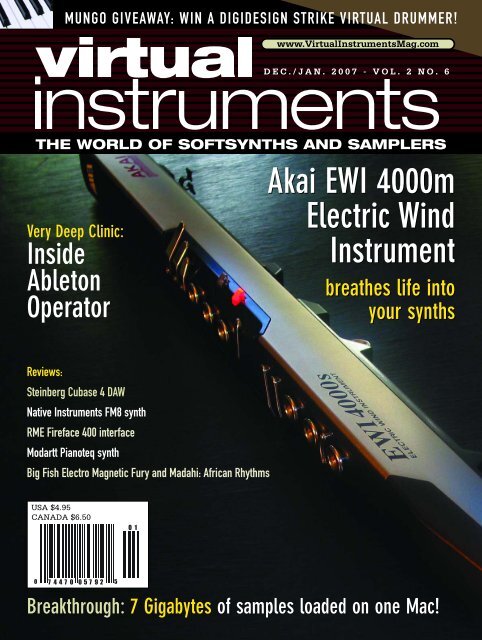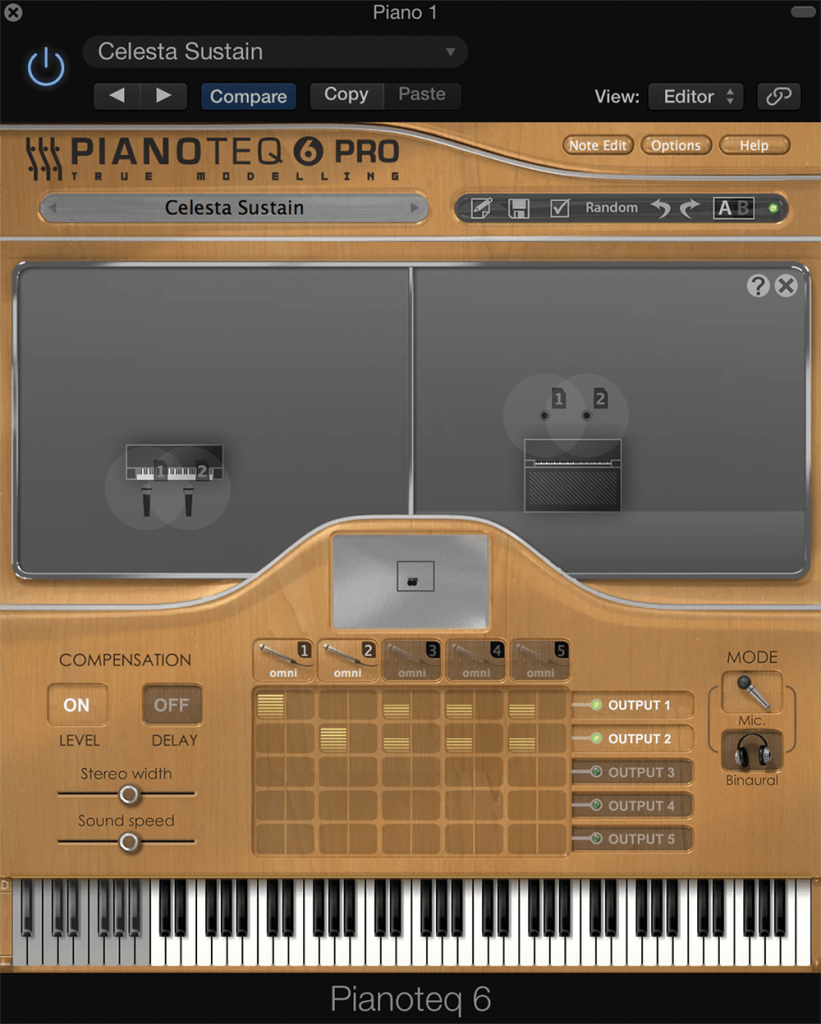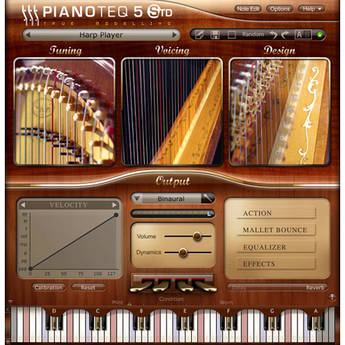

Instead I use the microphones setting, even though I use headphones. Personally I am not a big fan of the binaural setting as in pteq. The other setting in standard and not on stage I have used an played around with are the microphone setting, this can also make a big difference to me. Mostly I just stick with the FXP as is, tweak reverb a bit ( defaults are often quite strong ) and my personal velocity curve, things like that, that's mostly it. In particular the hammer hardness is neat if you want to massage the timbre a bit over the range of velocities, impedance is another interesting one, overtones settings, just play around with those sliders, put them to the far extremes and see the difference it makes, you will soon hear the difference. I agree with Don, most of the hard work comes from users that know how in Pro and know the ins and outs of it in detail, which I don't, presumably with per note edits.įor me, the main advantage of standard is that you can enjoy those edits made in Pro in full, and not in stage, so just pick a few FXPs that are closest to your liking, beyond that, you can then pick your own velocity settings, then tweak a bit if you like. It won't improve your piano playing skills but if you enjoy it. There is also a tutorial on the Pianoteq website to get you started with that. However, if your goal is to become good at creating your own piano sound, then load any of the built-in sounds and start changing the parameters and see how the sound changes.

It is unlikely you can do much better even with hours of "tweaking".

They have been developed by users who spend a lot of time tweaking the sound to get it "just right". If you are trying to learn to play the piano, then I would suggest you just install it and go to the Pianoteq website and download a few of the user made FXP files on the FXP CORNER and load them into the software. Just bought the standard from Modartt's website with 30% off, anyone can get me started to get the most out of it?Įverything depends upon what your goals are.


 0 kommentar(er)
0 kommentar(er)
